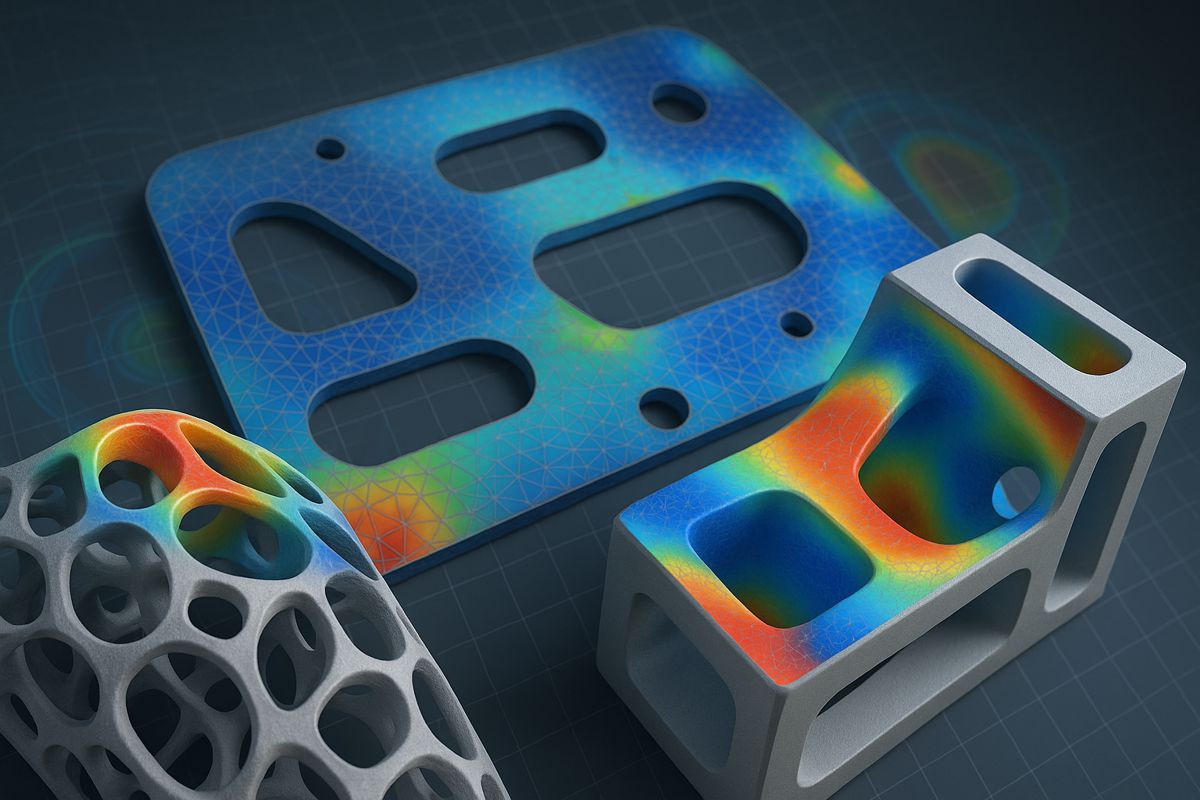Are Public Spaces doing enough to become Eco-Friendly?
The sustainable movement has begun to influence construction projects. More professionals are building low-impact public spaces to influence sustainable lifestyles. With more green spaces and structures around them, citizens could be more likely to adopt eco-friendly habits.
Environmentalists are calling upon builders to develop more sustainable community spaces. Minimizing surface-level and atmospheric pollution with greener areas can protect local ecosystems, the economy and individuals’ health and well-being.
Eco-friendly building professionals are assessing the sustainability of public spaces to determine conservation enhancement techniques.
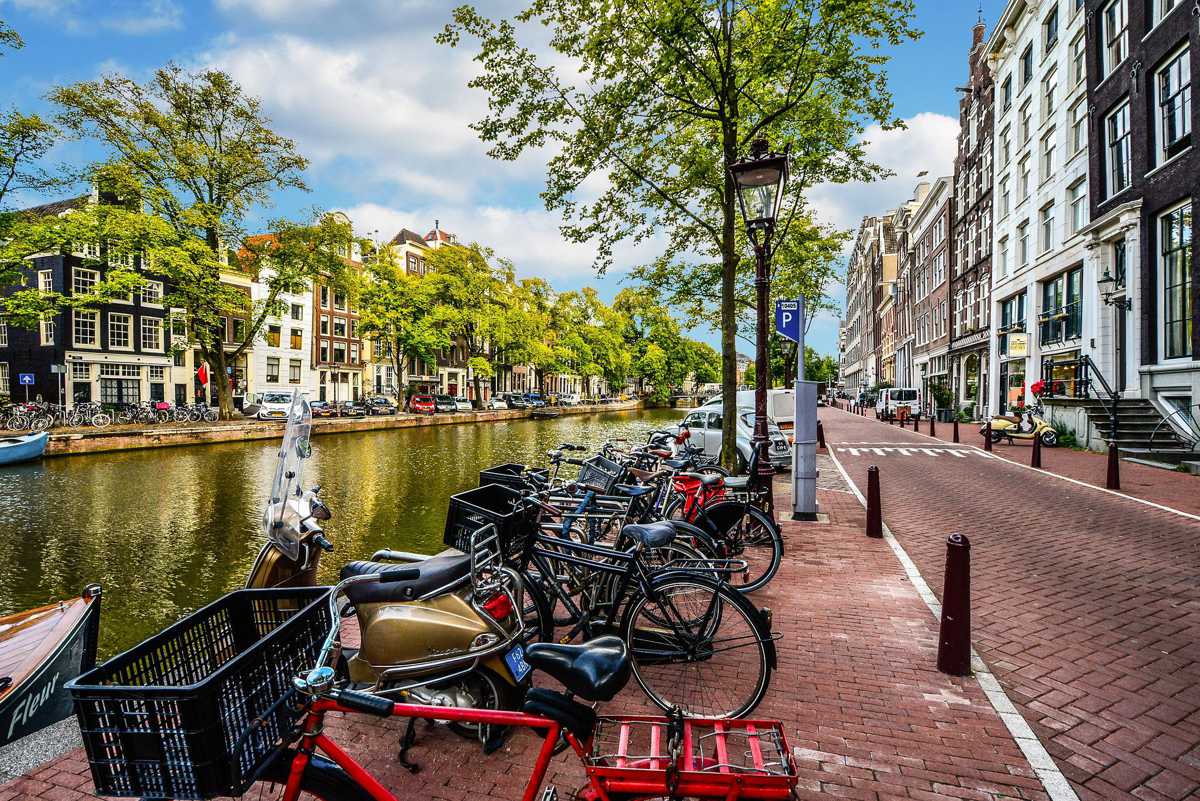
Why are Environmentalists Concerned About Public Spaces?
Sustainability professionals are targeting public spaces to shrink people’s carbon footprints. Adding more green spaces to urban neighbourhoods can promote natural carbon filtration processes, while building more industrial communities may adversely impact local ecosystems.
Current design directly impacts humans’ health and well-being — high-emission public spaces can cause respiratory issues and heat stroke. Individuals with prolonged exposure to emissions may develop lung cancer, asthma and other respiratory conditions.
Green structures can effectively preserve the environment and promote more sustainable lifestyles. Developing practical eco-friendly community buildings and parks may influence sustainable change in the communities they serve.
Architects and construction professionals can work together to develop inspirational green spaces. They may include recycling bins, reused materials, water reclamation systems and other features. Having these available for public use could influence community members to evaluate the efficiency of green features and integrate them into their homes and businesses.
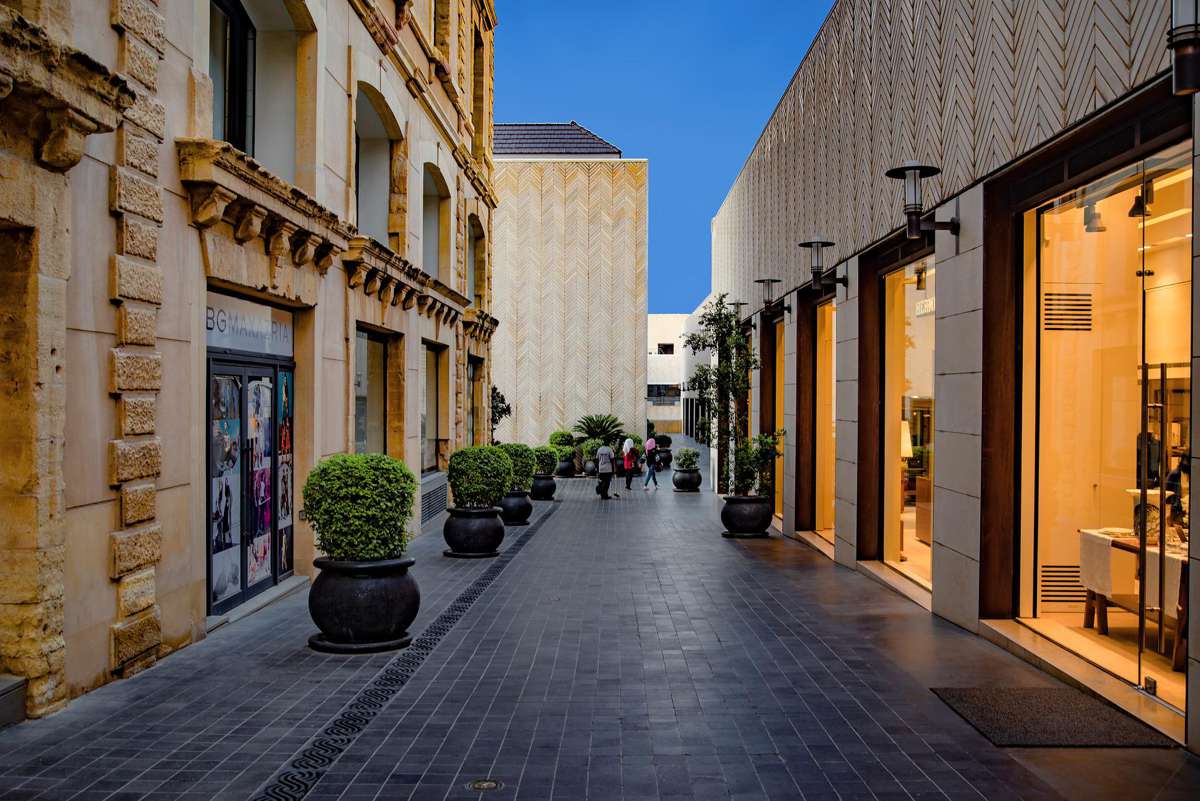
What are Contractors Doing to Improve Environmental Conditions?
Eco-conscious contractors are influencing greener lifestyles around the globe. New York City builders are developing low-impact construction methods to support their sustainability goals. The city set a net-zero emission target for 2050, which requires significant structural enhancements.
NYC is eliminating its reliance on fossil fuels by adopting electric equipment and renewable power supplies. Construction professionals are helping to improve the city’s sustainability by conducting more green projects like Highline. Builders converted the old industrial railway line into a highly vegetated public park. Highline is over a mile long and influences natural emission filtration processes.
Developers in Spain are also utilizing open spaces to increase the sustainability of communities. Construction professionals created The Braided Valley to improve residents’ ability to travel across the river by foot or bike.
Helping community members use alternative transportation can decarbonize regions’ transportation sectors. Other builders may assess successful green projects worldwide to find new ones they could create for their area. They can also explore community projects’ shortcomings to improve the sustainability of their designs.

How are Public Designs Lacking in Sustainability?
Some public spaces are lacking in sufficient sustainability designs. Many community buildings have large carbon and water footprints. Big recreational centers may use significant amounts of fossil fuels to power lights and heating, ventilation and air conditioning (HVAC) systems.
Buildings generate about 40% of the greenhouse gas emissions in America. Construction professionals must minimize the energy intensity of structures to create green public spaces.
Another challenge with public space designs is their equal accessibility. Many developers are placing sustainable public spaces in more affluent regions. Disproportionately building green structures influences environmental racism — the inequitable impact of pollution and other ecological hazards.
Only decreasing wealthy white communities’ exposure to pollution is an inefficient way to improve sustainability. Underserved communities need green public spaces more than other regions because they are often more exposed to emissions. To promote environmental justice, builders should assess the impacts of their construction projects.
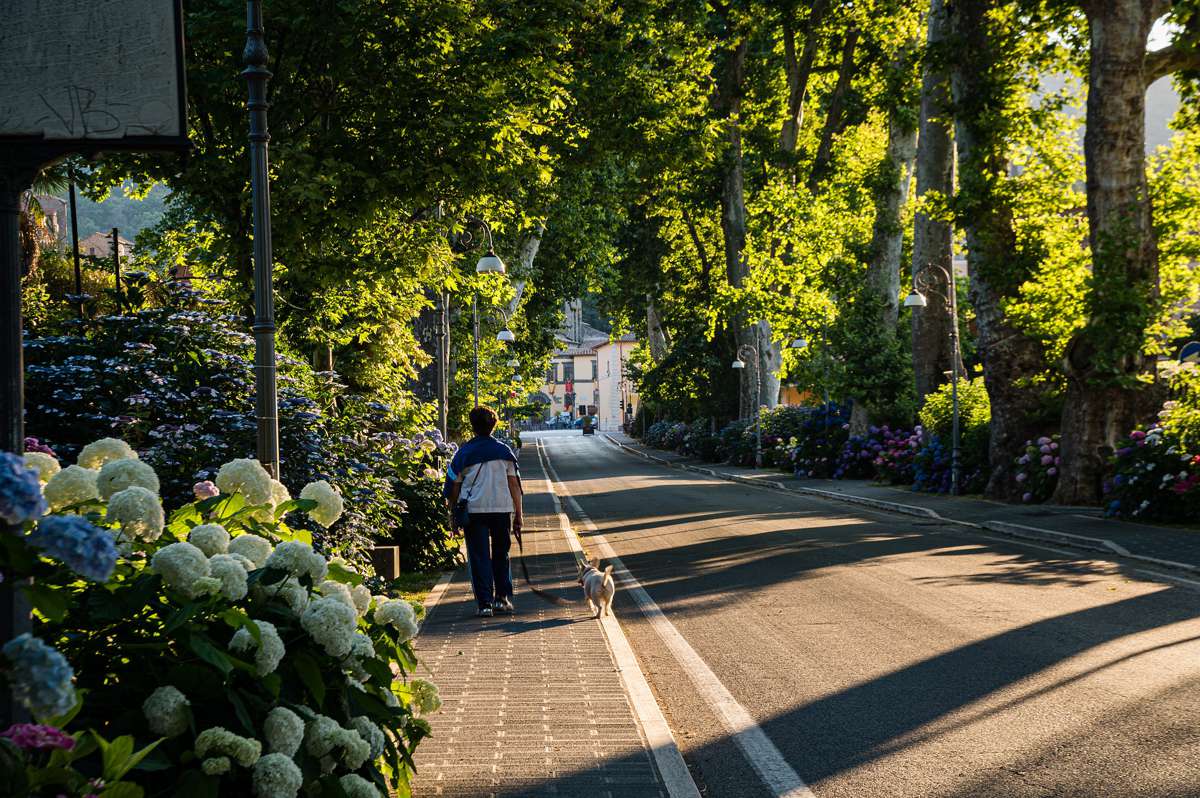
Meeting Green Building Regulations
Construction professionals can do more to ensure the sustainability of public spaces by following green building regulations. Following the Leadership in Energy and Environmental Design (LEED) standards help to create low-impact, affordable projects.
One feature of LEED certifies buildings is their reclaimed material use. Builders can access recycled building materials by engaging in deconstruction and reusing their finds in new structures.
Professionals may also reduce pollution in public spaces using sustainable, long-lasting materials. Many are using rubber flooring materials to resist wear over time and minimize structures’ flammability. Using durable building materials decreases the demand for unsustainable manufacturing processes.
Builders can also meet green building regulations using renewable power sources to minimize emissions. Solar, wind and geothermal energy may shrink structures’ carbon footprints and utility costs, developing more net-zero public spaces to meet sustainable construction standards.
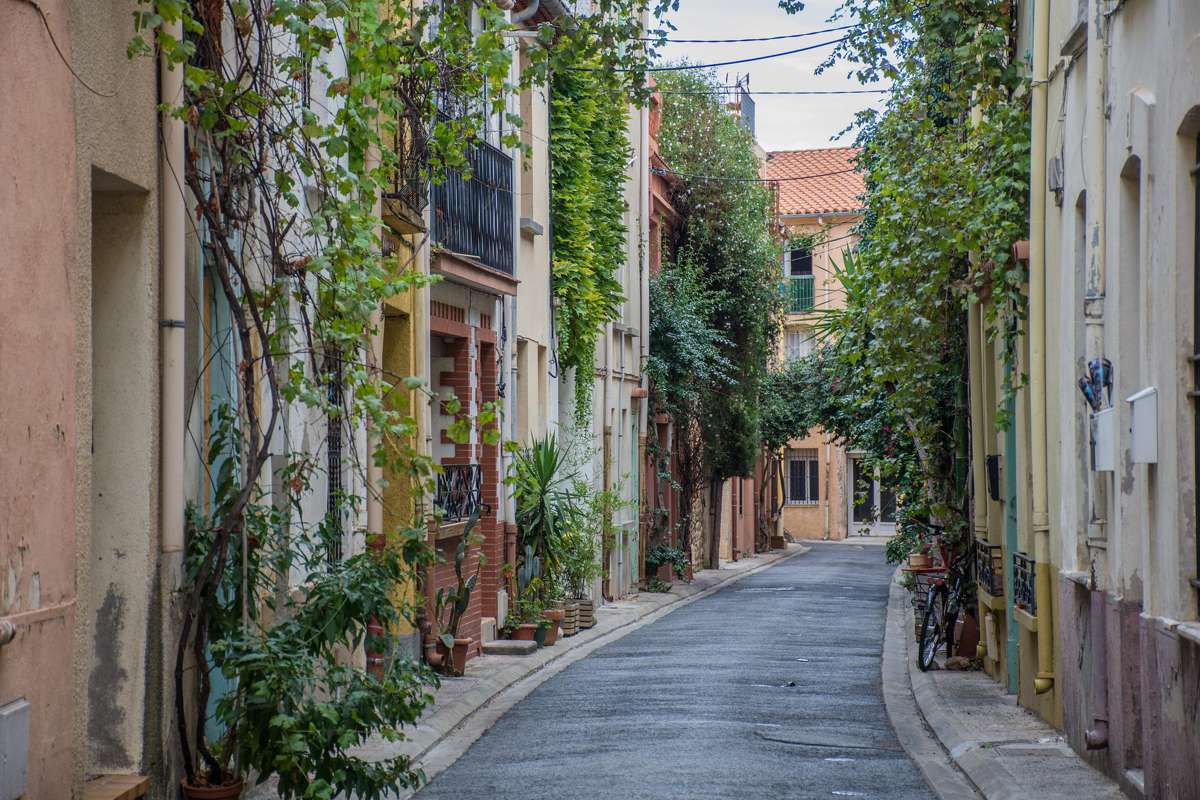
What Are Net-Zero Structures?
Net-zero structures produce as much clean energy as they consume. They also offset any emissions using carbon capturing technologies or natural pollution filtration practices.
One of the most significant features of net-zero structures is renewable energy. Most of these buildings and spaces produce emission-free electricity on-site, restrict their connection to conventional energy grids and eliminate power-related emissions. Net-zero structures have virtually no carbon footprints.
They use recycled materials, reclaimed water sources and other low-impact materials to decrease adverse ecological effects. Construction professionals also use advanced sustainable technologies to reduce general pollution.
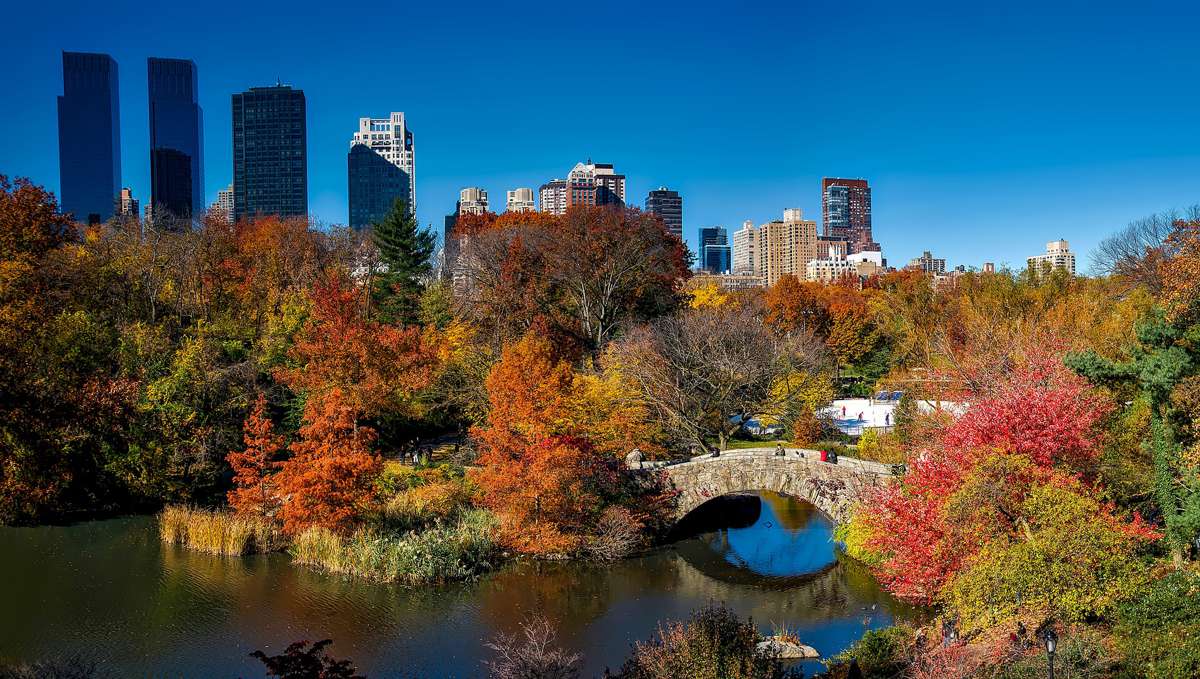
Smart Systems in Public Construction Projects
Construction professionals may improve green public spaces using automated technologies. Smart systems can minimize a space’s natural resource exploitation with smart sprinklers in public parks and other areas to decrease eutrophication and improve water conservation.
Automated sprinklers use Wi-Fi connections to access real-time weather information and adjust watering schedules. The technology minimizes over- and underwatering to optimize soil conditions. It also limits watering during high-precipitation seasons to eliminate freshwater exploitation.
Green builders can also install smart thermostats inside public buildings to minimize emissions. The thermostats connect to HVAC systems and enhance their energy efficiency by using Wi-Fi connections to access weather predictions.
These technologies use the most current data to reduce energy exploitation. Improving the energy efficiency of all systems is essential to shrinking a structure’s carbon footprint. By reducing emissions, smart devices can significantly improve the health and well-being of community members and the environment.
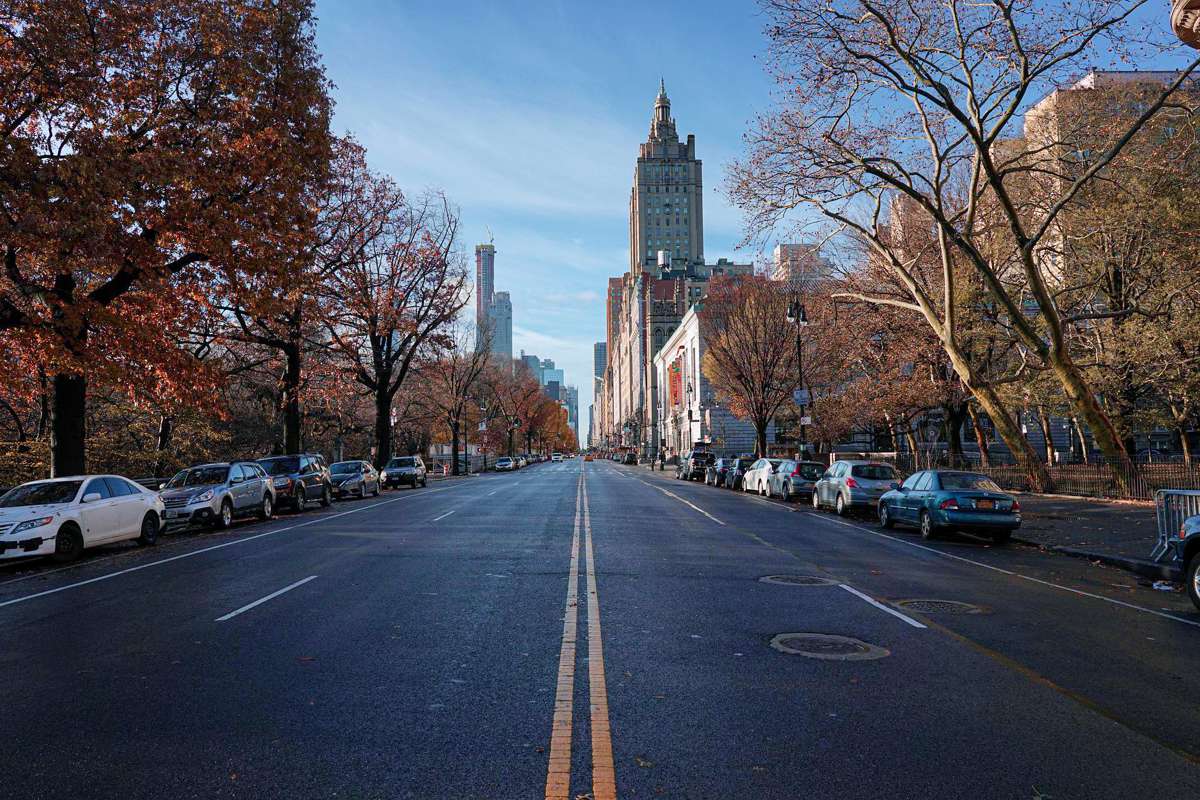
New Green Technologies Supporting Public Spaces
There are also new construction advancements supporting public spaces. One team of eco-conscious engineers developed a solar bike path that generates emission-free electricity while promoting alternative forms of transportation. One solar bike path project in the Netherlands is about 330 meters long and helps commuters bike to work.
Some developers are using the energy projected on solar bike paths to power overhead lights and heating systems. The heaters can remove snow and ice in the winter to promote year-round emission-free transportation.
Another advanced green technological design supporting public spaces involves reusing deconstructed wind turbine blades. These are made from non-recyclable materials, which cause significant pollution problems.
Netherlands-based Blade Made uses discontinued blades to free landfill space and build low-impact playgrounds, creating slides and other features from used turbine parts. Other construction professionals could use similar ideas to make green public spaces and reduce waste.

The Demand for Green Public Spaces
Construction professionals should do more to create sustainable public spaces and equitably reduce pollution. Green public spaces can improve the sustainability of urban areas — and significant demand for green spaces comes from residents worried about their health and safety.
About 2 million people in London live in toxic environmental conditions. Architects and builders must find ways to minimize emissions by creating energy-efficient structures to support residents’ lung health. Increasing individuals’ access to alternative transportation methods also improves their physical health.
Biking and walking instead of driving can lower people’s risk of developing heart disease, cancer and even early death. It also effectively reduces greenhouse gas emissions by reducing how many gas-powered vehicles are on the road.
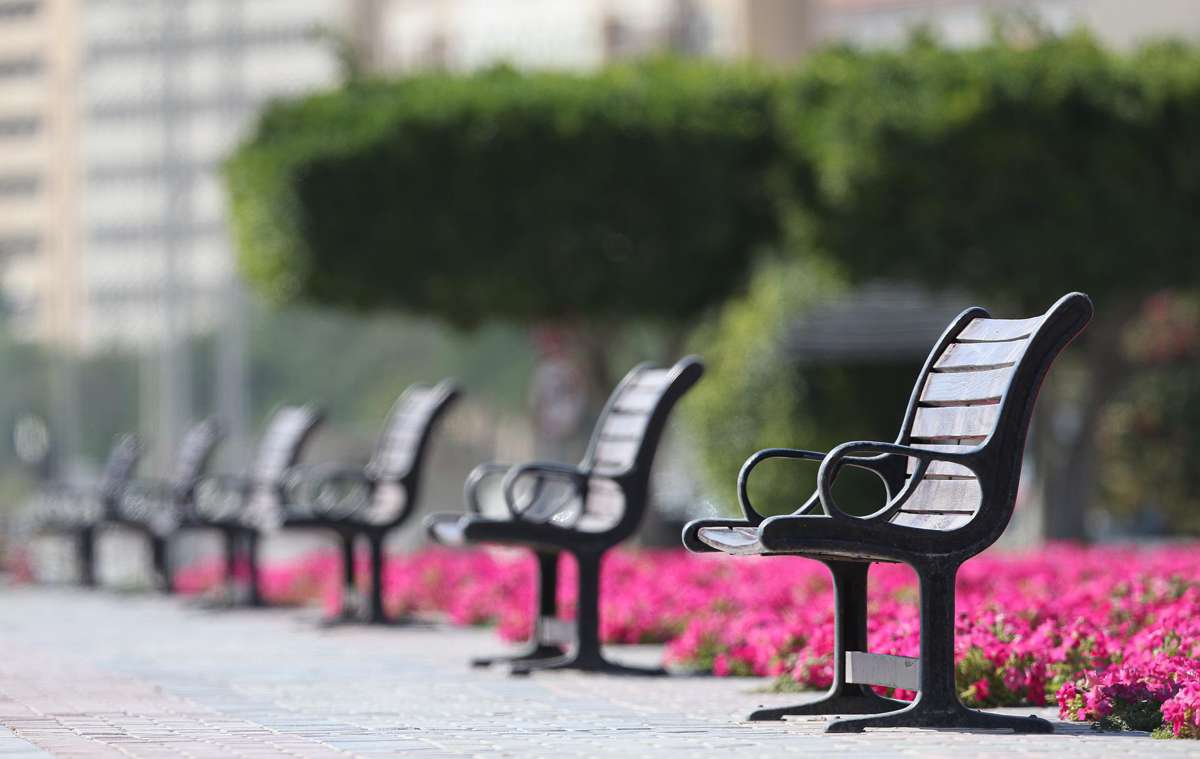
How to Create Efficient Green Spaces
Builders can develop more eco-friendly public spaces by increasing their green construction knowledge. An increase in sustainable parks, buildings and transportation could significantly improve the health of many city and town residents.
Applying for sustainable certifications and improving environmental-design awareness is a great place to start. Construction professionals may also find sustainable material distributors in their areas to minimize public projects’ carbon footprints.














